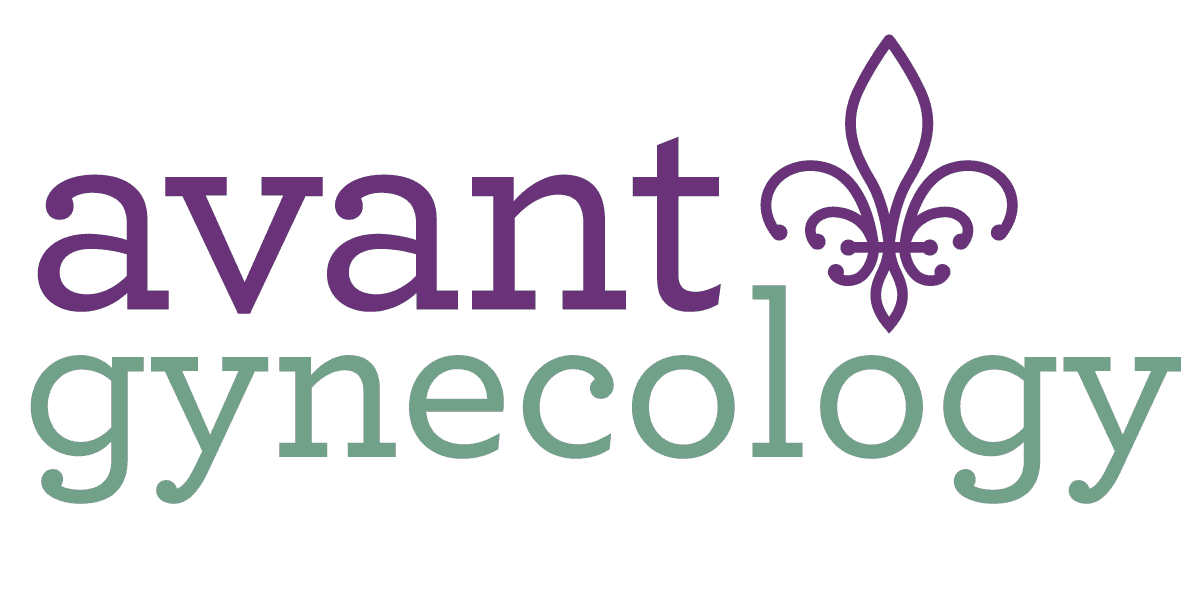The Acessa Procedure: A Minimally Invasive Approach to Treating Fibroids
Fibroids are noncancerous growths made from muscle cells and connective tissues that develop in your uterus. Many women have them without developing any symptoms. Sometimes, though, the location or size of fibroids can lead to issues like heavy periods, pelvic pressure, bladder changes, and constipation. It’s also possible for fibroids to interfere with your ability to become pregnant. In any of these cases, it may make sense to have them removed.
If you’re experiencing fibroids that are interfering with your life, you could be a candidate for the Acessa procedure. Here’s a further look into this minimally invasive surgery offered by our providers here at Avant Gynecology.
What Is Acessa for Fibroid Removal?
Acessa is a procedure that uses Laparoscopic Radiofrequency Ablation (Lap-RFA) to remove fibroids. In this surgery, the doctor delivers heat directly into the fibroid via radiofrequency to destroy the tissue’s proteins. Doing this changes the consistency of the tissue from tough and hard to pliable, which greatly improves your negative symptoms. In some cases, this softer tissue may even be re-absorbed into your body. By treating the fibroid directly in this way, doctors are also able to prevent damage to surrounding tissue in your uterus or elsewhere.
Like many laparoscopic surgeries, the procedure is performed on an outpatient basis, meaning you won’t need to stay in the hospital overnight to recover. During Acessa, two incisions are created: one near your navel and another near your pubic area. Your doctor then inserts an ultrasound transducer through one incision to produce clear, quality images directly from the surface of your uterus. This allows them to pinpoint the treatment area with unique precision. Using this ultrasound guidance, they then insert a hand-held surgical tool through your second incision into the fibroid. This tool deploys an electrode array programmed to a target temperature that achieves the desired ablation to treat the fibroid.
What Are the Benefits of Acessa?
Recovery for the Acessa procedure is quick, and most patients experience minimal discomfort that can be alleviated with over-the-counter pain medications alone. Patients can also return to work and resume their normal activities within four to five days.
Though undergoing Acessa isn’t itself time-consuming, it may take some time to feel its full effects. On average, fibroids targeted by radiofrequency ablation shrink by 40% within three months, though it can take up to 12 months for some patients.
Acessa is different from other types of fibroid treatment in that the fibroids are targeted and shrunk without actually being removed. Traditionally, fibroids are removed from the uterus using myomectomy, a procedure that can be done laparoscopically, through your vagina (hysteroscopic myomectomy), or via traditional surgery through an incision made in your abdomen.
The size and location of your fibroids, as well as preexisting health factors, may determine your candidacy for Acessa or any other removal procedures. Our doctors can discuss options with you in detail and answer any questions you may have so you can make an informed decision.
Whether you have troublesome fibroids or there’s another aspect of women’s wellness you’d like to discuss, turn to our caring providers. From surgical care to routine exams and screenings, our compassionate team is dedicated to providing individualized care for all of our patients. Schedule an appointment by calling 404-352-2850 or schedule an appointment with us online.



